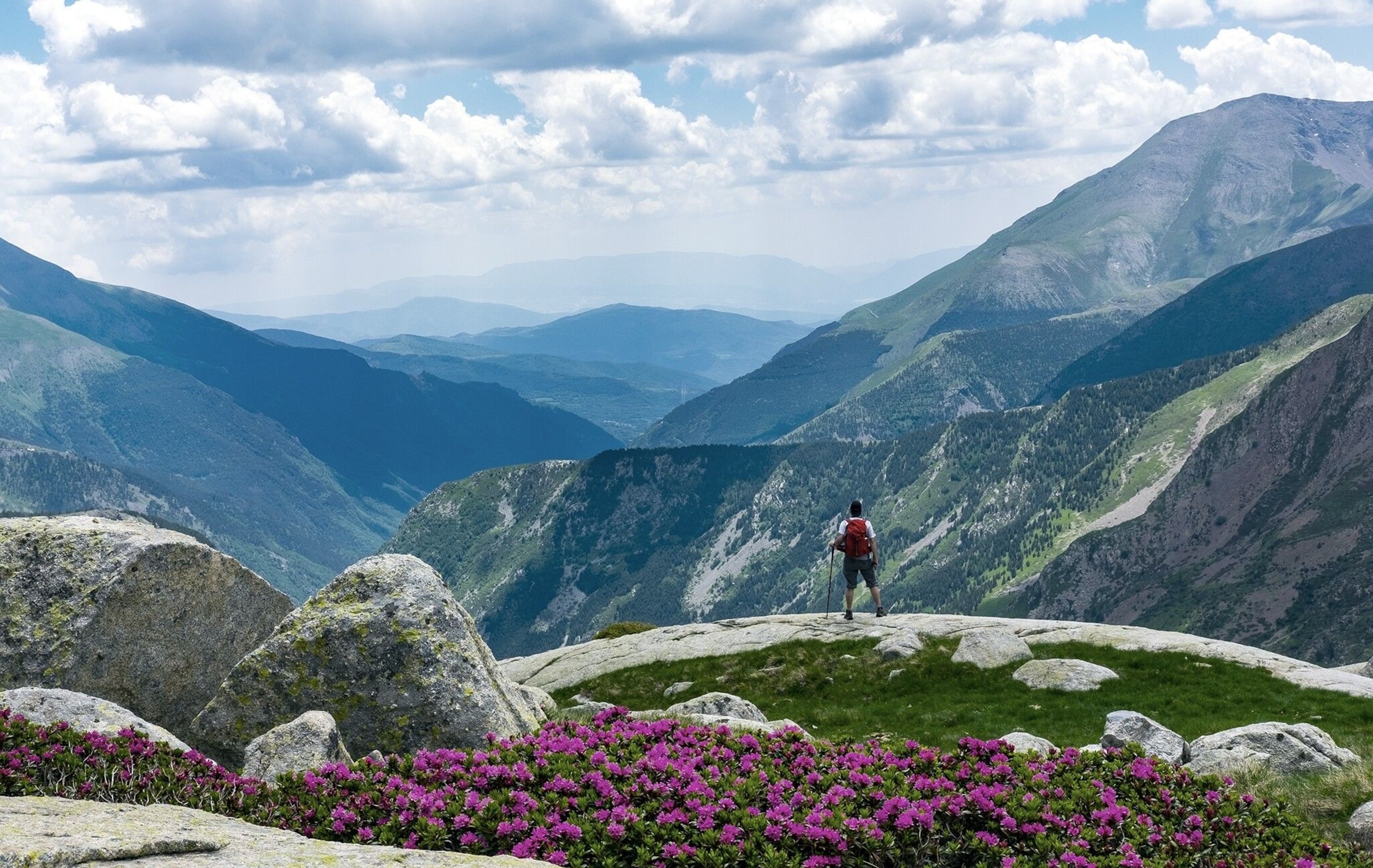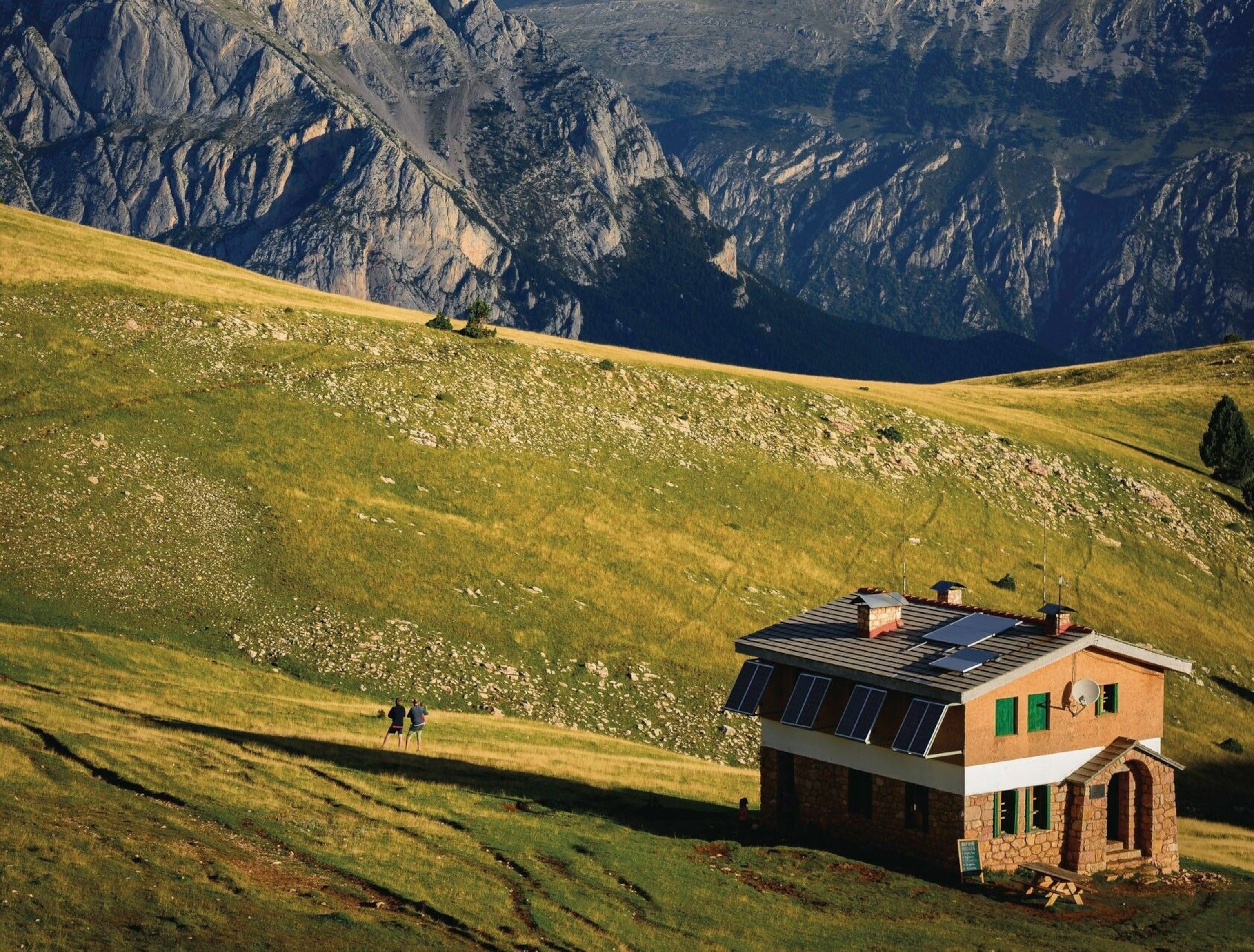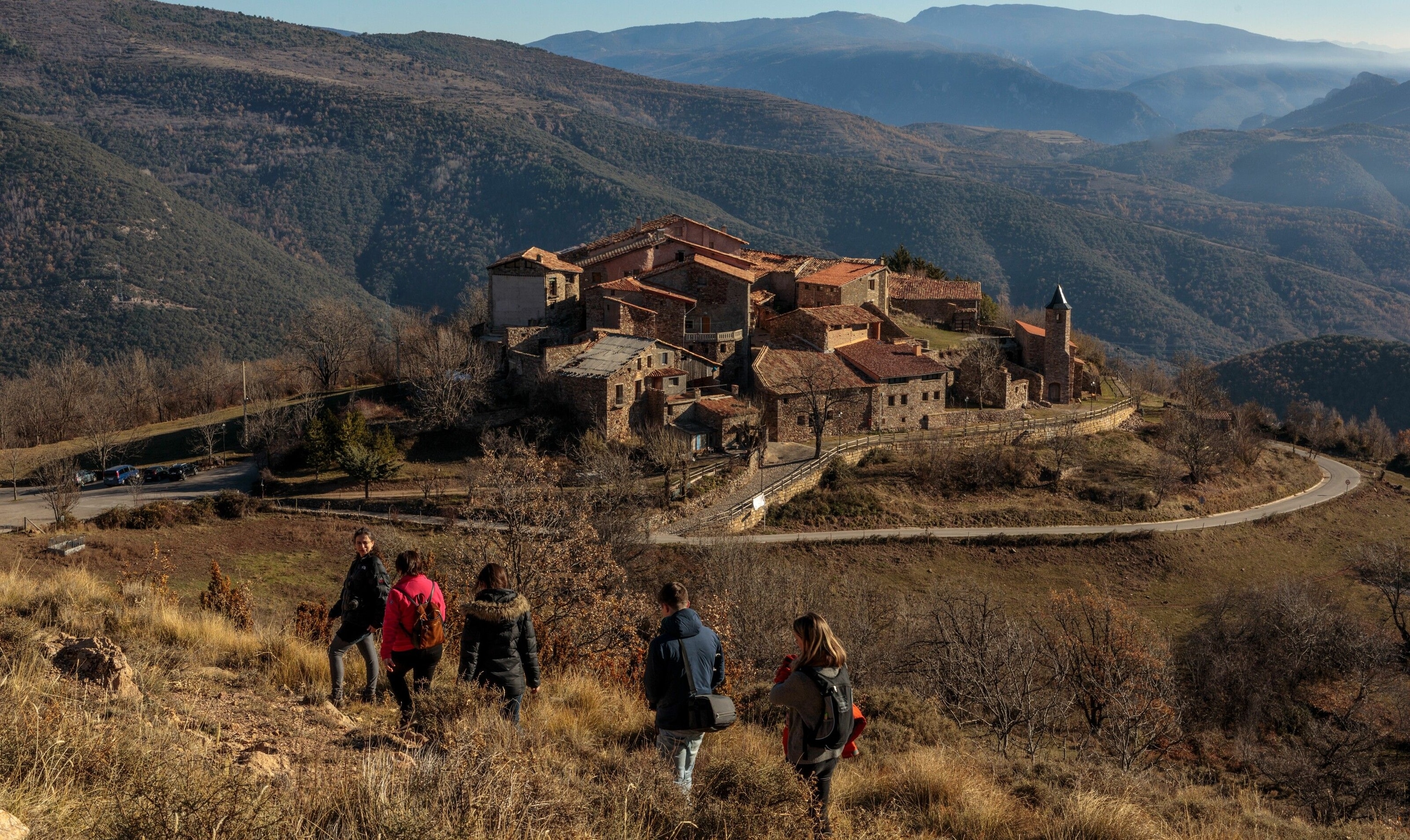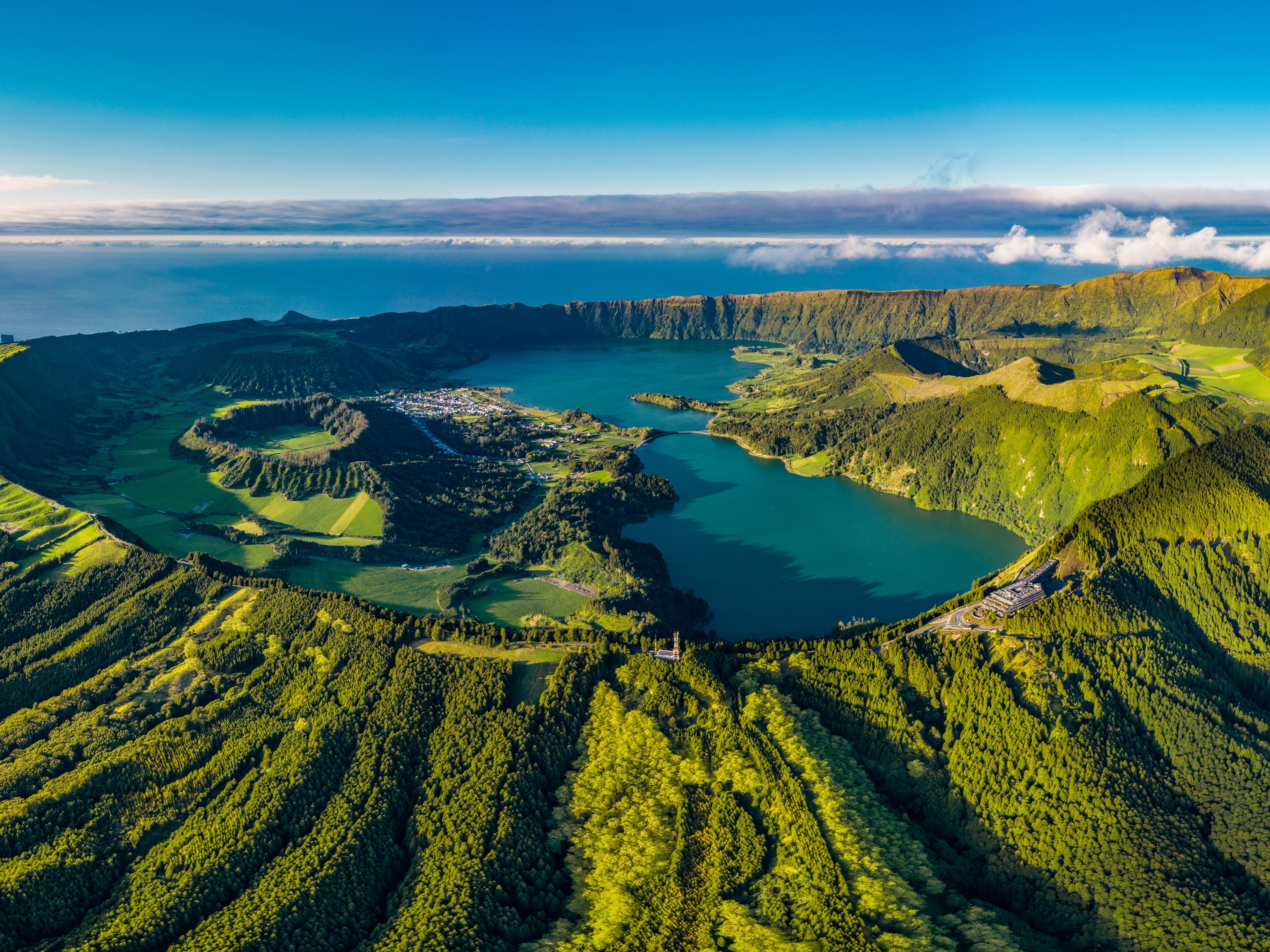
An insider’s guide to hiking in the Pyrenees of Catalonia
With snow-topped peaks, alpine villages, lakes and waterfalls, the Catalan Pyrenees have some of the most exceptional hiking routes in Europe. Local expert Xavi Amengol shares his tips for hiking.
“For me, what makes the Pyrenees so special for hiking and climbing is its closeness to the Mediterranean,” says Xavi, the founder of walking tour company Rutes Pirineus.
“You get sunlight throughout the year and a very agreeable climate, so you can enjoy a wide variety of activities. The landscape is amazingly varied too, so even within a relatively short journey you experience many different sights, from forests and lakes to Romanesque villages.
“I particularly love the Porta del Cel cross-border hiking route, which runs between the Alt Pirineu Nature Reserve in Catalonia and the Pyrénées Ariégeoises in France, because it covers the two wildest and most isolated slopes in the Pyrenees."
Xavi’s favourite view in the region? “It would have to be looking out over the Sant Maurici Lake, with the twin Encantats peaks silhouetted behind it. For me, this sums up what makes the peaks of the Pyrenees so special: the combination of water, the ‘granite needle’ rock formations and the mountain vegetation.”
Three of the best hiking routes
1. Carros de Foc
Taking in some of the most dramatic scenery in Catalonia, this route lasts between five and seven days and takes you through the region’s only national park: Aigüestortes i Estany de Sant Maurici. Expect lakes and valleys, mountain peaks and extraordinary, giant granite rock formations.
Highlights: The incredible sunrises and sunsets, the fir-tree woods and the tall granite needles.
Suitable for: Experienced walkers.
Top tips: The best time to go is from the end of June — once the snow has melted — to September. Come well prepared and include one of the peaks in your route such as: Montardo (9,295ft), Monestero (9,439ft), Monges (8,855ft) and Ratera (9,390ft).

2. Cavalls del Vent
Featuring the kind of snow-covered mountains you might normally associate with Switzerland, this guided trek takes you on a circular route around the Cadí-Moixeró Natural Park in the heart of the Pyrenees, stopping at mountain hostels along the way. Look out for red deer, woodpeckers, Tengmalm's owls, martens and vultures amid stream-threaded forests of oak and black pine.
Highlights: The variety of landscapes and the staggering views, with the mountains forming a dramatic backdrop against the horizon and waterfalls cascading down limestone rocks.
Suitable for: Experienced walkers, given the route lasts several days, including mountain peaks over 8,000ft high.
Top tips: Plan and pack well (warm clothes, waterproofs and sun protection) and choose your route depending on your fitness level. It’s also important to choose the right time of year for the route: June to September is best, with warm temperatures and clear skies.

3. El Cinquè Llac
If you want to explore not only the natural landscapes of the Pyrenees but also the mountain villages, with their traditional culture and food, this is the perfect route. Covering 68 miles, its name translates as ‘the fifth lake’ (the alternative name of Montcortès Lake, which features on the route).
Highlights: The route takes in four lakes — the final one being the stunning Montcortès — and is the subject of many magical legends.
Suitable for: There’s the option of taking this route gently, so it’s great for novice hikers. The slow route features shorter stages, lower altitudes and allows more time for breaks, taking photos and enjoying the peace of the countryside.
Top tips: Avoid the hotter summer months; spring and early autumn are best, and, as always, come well prepared with warm clothes, sun protection and waterproofs.
For more information, head to visitpirineus.com
Follow National Geographic Traveller on social media




